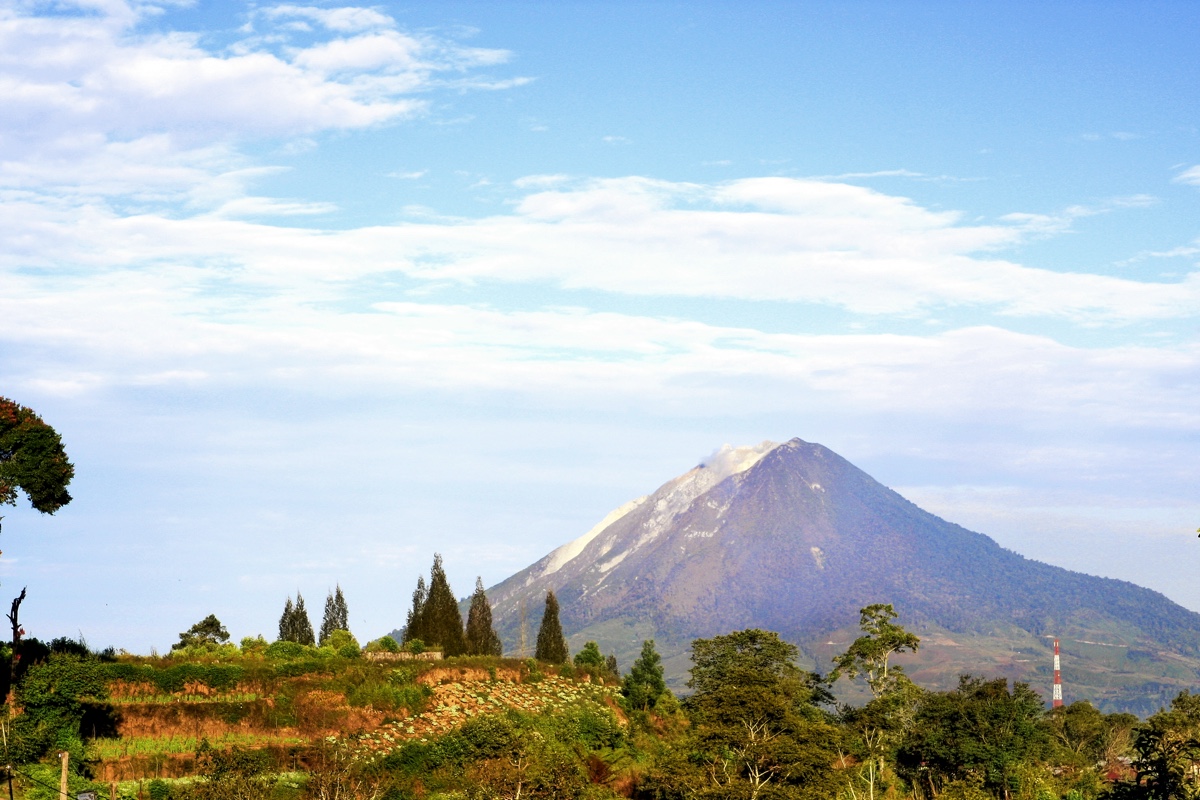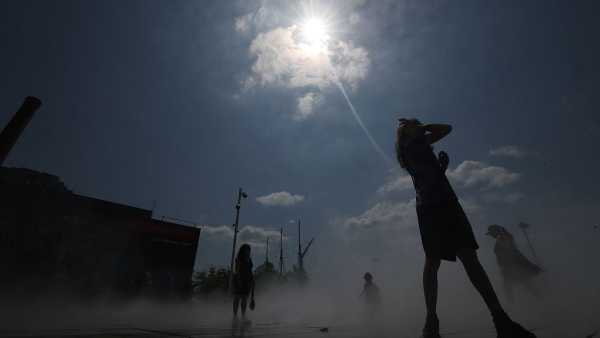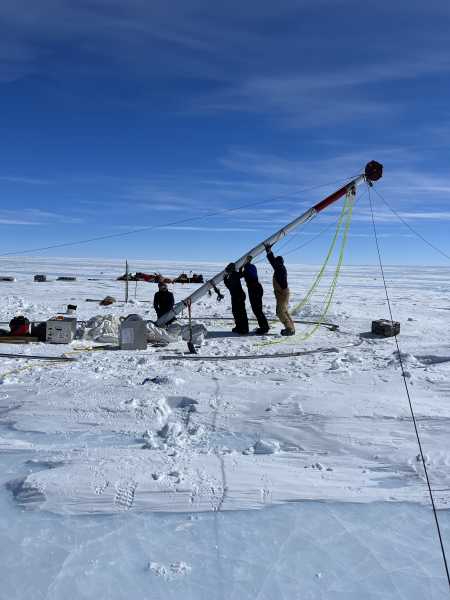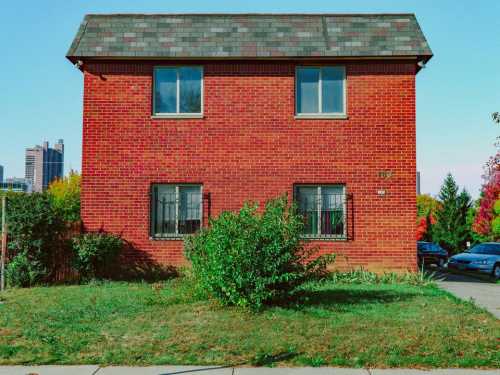Supervolcano Toba eruption can cause serious climate change
Analysis of ancient Toba supervolcano minerals has shown that magma accumulation there proceeded gradually and without noticeable jumps right up to the onset of a catastrophic eruption.
There are about 10-20 supervolcanoes on Earth today, so dangerous that their eruptions could cause serious climate change. One of these is Toba volcano on the Indonesian island of Sumatra, which erupted 840,000 years ago and then 75,000 years ago. Ash ejected into the atmosphere blocked out sunlight, causing global cooling.
It is assumed that the last eruption of Toba almost ruined humanity, the number of which then decreased to several thousand, although this hypothesis is disputed by many experts. Either way, predicting the next eruption of Toba or another supervolcano may be vital for people today.
It is believed that such a catastrophe is preceded by a sharp influx of molten magma into the underlying volcano reservoir. But new work by geologists from China, Indonesia and Switzerland has shown that magma buildup can occur gradually and unnoticed from the outside, until it is too late. They write about it in an article published in the journal PNAS. A press release from the University of Geneva describes the study briefly.
The authors studied samples of zircon, a mineral contained in magma and rising to the surface with it. Zircon includes trace amounts of uranium, an unstable element that decays to lead over time, serving as a tool for radioisotope dating of ancient rocks. Based on this data, scientists determined the timing of magma accumulation before past eruptions of Toba Volcano.
It turned out that there were no sudden and powerful inflows of molten material into the volcanic reservoir. Magma accumulated gradually, with the process taking only 600,000 years before the last eruption, as opposed to about 1.4 million years before the previous one. The “vicious circle” of rising lithospheric temperature in the volcano’s vicinity contributed to this. The 840,000-year-old eruption heated the Earth’s crust, causing magma to cool and solidify more slowly as it continued to flow into the reservoir and molten mass to accumulate faster.
Scientists estimate that today magma enters the Toba reservoir at a rate of about 4 cubic kilometers per thousand years, not standing out from the average rate over the past million years (0.8 to 10 cubic kilometers per thousand years). By now, at least 315 cu km of molten matter has accumulated under the Toba caldera. Based on these figures, they predict that the next eruption of the volcano may occur within the next 600 thousand years.





